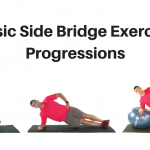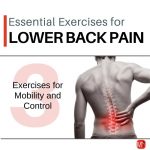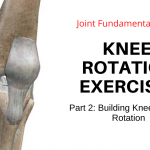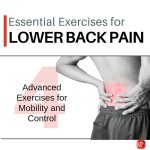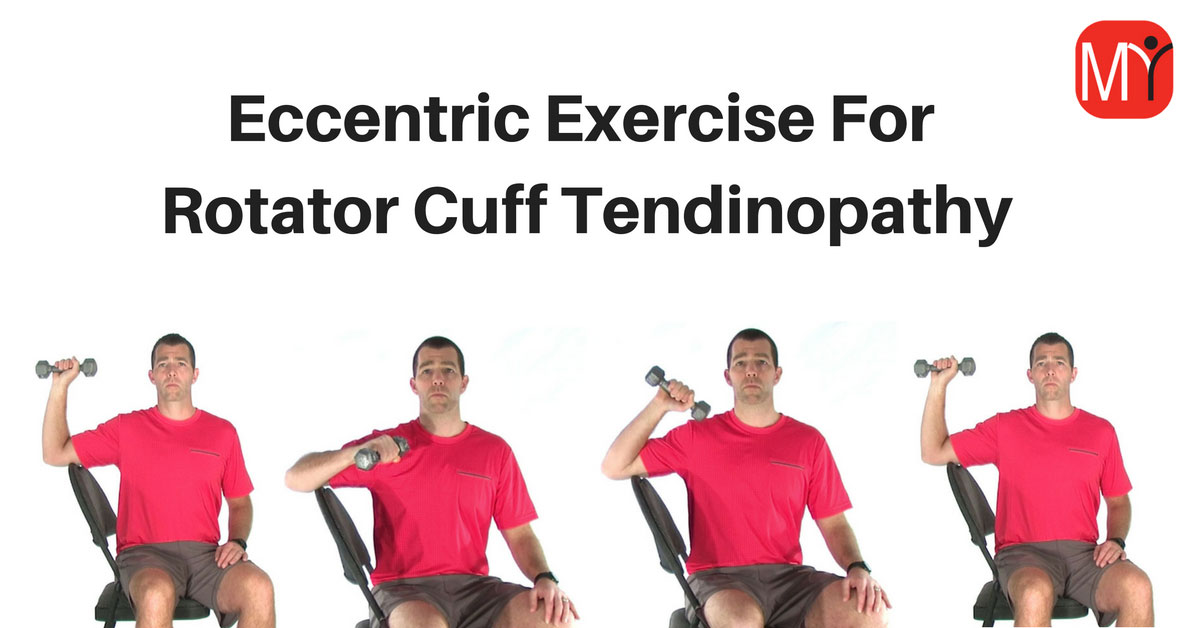
Eccentric exercises have become the go-to exercise in the treatment of tendon disorders. While the majority of research in this field has focused on achilles tendinopathy, the use of eccentric exercises has been advocated for tendinopathies affecting the patellar tendon, hamsting, wrist extensors, and the shoulder.
The volume of research is certainly much smaller with respect to shoulder disorders. However, many clinicians and researchers agree that shoulder eccentric exercises can play an important role in the treatment of rotator cuff tendon disorders.
Here are two simple shoulder eccentric exercises that I have found to be helpful in patients who present with posterior rotator cuff problems.
Eccentric Shoulder External Rotation (Seated/Supported)
- Begin seated sideways in a chair with your elbow bent to 90 degrees and supported by the back of the chair.
- While keeping your elbow supported on the chain slowly rotate your arm forward towards the floor.
- A mild amount of pain is permitted – but is needs to be tolerable. It is important to explain this to your patient.
- At the bottom of the motion bend your elbow to bring your hand in towards your shoulder.
- Then rotate the upper arm so your palm and forearm face forward.
- Then extend the elbow so the forearm is vertical – you are now back to the starting position.
Note how steps 3-5 allows the exercise to focus only on the eccentric phase. This is the point of eccentric exercises in their application to tendon disorders.
How To Use This Exercise
As stated earlier, there is a smaller body of research concerning the use of shoulder eccentric exercises. This also means there is less consensus as to the proper exercise does (ie reps and sets).
I generally begin with 2 sets of 15 repetitions 2x/day. Then I monitor the patient’s response. If there are no significant flare-ups I will usually add a third set after the first week.
As far as how much weight to use, you want to select a weight that produces a mild amount of discomfort. I tell patients that if the symptoms feel like an achy 2-3 out of 10 they are in the right zone. As the symptoms associated with the performance of the exercises reduce I will increase the weight they are using to bring it back up to the 2-3/10 range.
I typically like this seated/supported exercise but an alternative exercise is to perform the eccentric exercise from side lying position with the arm at the side. If during the exam the patients symptoms are reproduced with resisted external rotation testing with the arm in neutral as opposed to in an abducted position I will usually prescribe this variation exercise instead.
Here’s how you do it.
Eccentric Shoulder External Rotation (Side Lying)
- Begin lying on your side with a small weight in your hand. You upper arm should be against your body and bent 90 degrees with your forearm pointing towards the ceiling. Note: Be sure to pull your shoulder blade tucked back and down towards your spine – and keep it there for the entire exercise.
- Keeping your upper arm against your side and slowly lower the weight towards the floor – don’t allow your shoulder blade to rotate forward.
- At the bottom of the motion bend your elbow to bring your hand up towards your shoulder.
- Now rotate your upper arm so your palm and forearm face forward.
- Now extend your elbow so your forearm is vertical – you are now back to the starting postion.
Start with 2 sets of 10-15 repetitions 2x/day. Add a third set and gradually progess the weight as symptoms improve. Increase the weight and the number of sets
.


